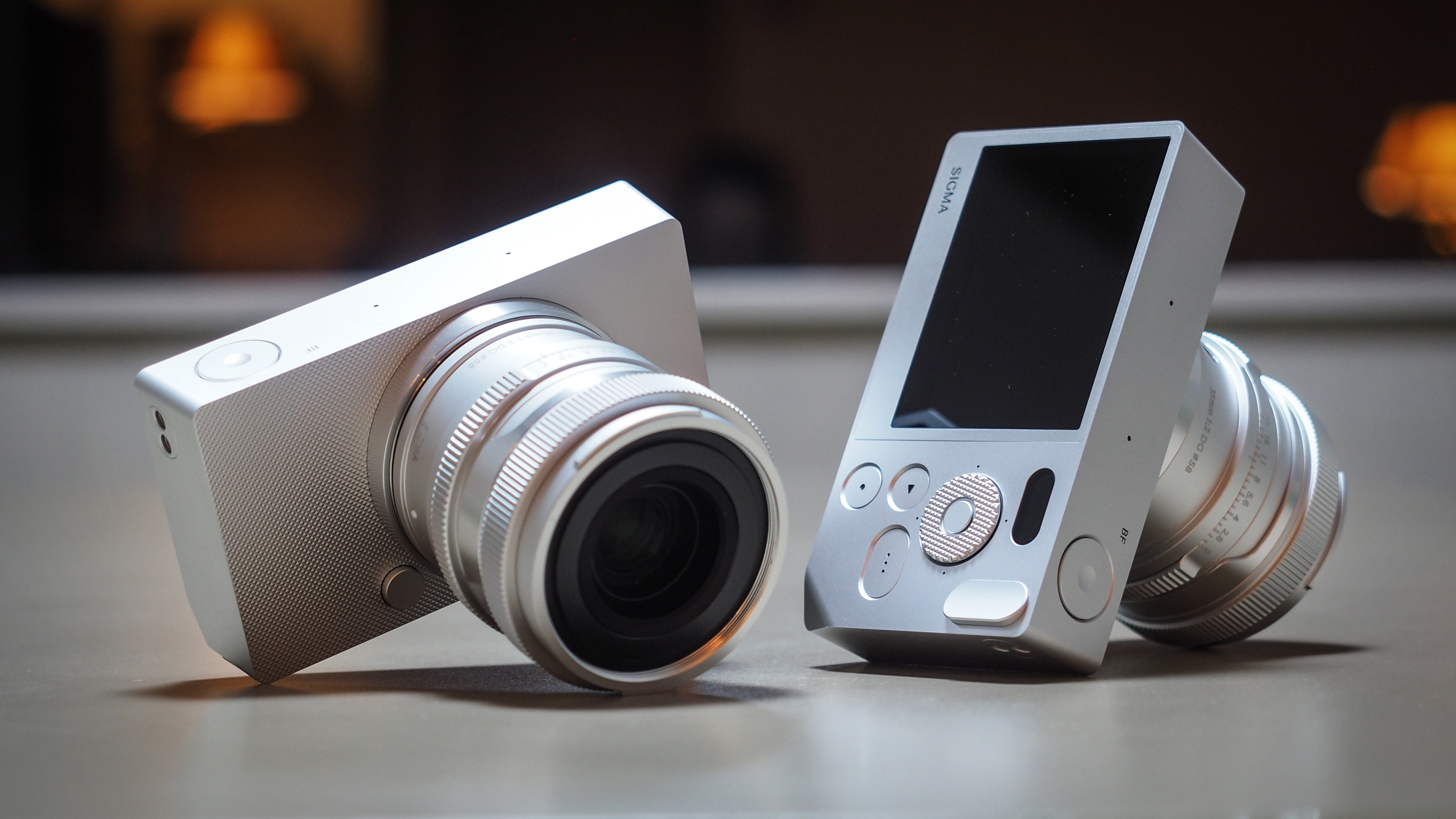Retro and minimalist mirrorless designs are all the rage – but what pro photographers actually want is a camera that gets the job done
As Sigma offers a new approach to camera design, Paul Burrows ponders what pro photographers actually want

Two distinctly different philosophies have emerged in the world of mirrorless camera design. A more traditional approach based on dials has been around for a while as exemplified by Fujifilm’s X-T and X-Pro series, more recently we’ve seen much more overtly retro designs that extend echo both the styling and the control arrangements.
Nikon’s hot-selling Zf pays homage to the 35mm FM2 and, more recently, the OM System OM-3 harks back to the original Olympus OM-1 which, back in 1972 was a revelation. Given the success of the Zf – and the OM-3 looks very likely to follow suit – there will undoubtedly be more cameras that combine classic looks and feel with all the conveniences of digital capture.
In the opposite camp is Sigma’s BF which is all about absolute minimalism, especially in terms of its controllability, but also in its pared-down functionality, which does away with many features that could be considered essential.
Sigma contends that current digital cameras – even the retro-styled models – have way too much stuff that’s not just unnecessary, but actually a distraction. To quote, “The BF balances performance with simplicity and returns the focus to what matters most: your photographs”.
Of course, if you go back to a 1970s 35mm SLR like the OM-1, then, by today’s standards, they were absolute simplicity – fully manual everything from start to finish and, subsequently, fully dependent on the operator knowing what he or she was doing every step of the way.
In comparison, the BF is pretty sophisticated with a high level of automation and, in terms of its capture capabilities, it a pretty decent feature set… as you expect of a full frame mirrorless camera in 2025. So perhaps the BF is more about change than anything else. There’s minimal external controls, a much-simplified user interface and a very long list of omissions – no EVF (although it’s not the only one), no memory card slot (but there is a big built-in memory), no IBIS, no flash or even a hotshoe, no wireless communications, one physical connection and a fixed monitor screen.
We’ve seen a more minimalistic approach from Leica with its digital M models, but much of this has resulted from trying to modernize a late-1950s film camera while keeping key elements such as the optical viewfinder. The Sigma BF is a brand new design so all the deletions are deliberate and, presumably, carefully considered. Externally, the hewn-from-the-solid BF looks glorious, but it does demand a different mindset to use… which is arguably exactly what Sigma is trying to achieve.
The best camera deals, reviews, product advice, and unmissable photography news, direct to your inbox!
With good reason, professional photographers have been more conservative when it comes to the design of their cameras because it’s more about getting results than enjoying some sort of experience. So it’s all about efficiency and effectiveness as well as, of course, ruggedness and reliability.
Automation – specifically exposure control and focusing – was longer coming to pro-level cameras, because everybody knew what they were doing here and also understood the related visual effects such as depth-of-field. The first digital cameras were mostly professional – actually capture backs for medium format SLR systems – because the benefits for applications such as catalogue work were undeniable. As the wider implications were realized, pros were using higher-end amateur fixed-lens digital cameras while they waited for the manufacturers to get around to the DSLR.
Since then, menu-driven operation, touchscreens, multi-function controls, wireless data transfer, and camera control apps have become universal, but significant new features tend to appear first on top-end models – Canon’s EOS R5 Mark II and EOS R1 are good recent examples – and then trickle down the range. If it works and works well, then it’s a winner and this is what matters more than anything else.
Regardless of brand, the pro-level mirrorless cameras are essentially similar in both features, main specifications and control layouts… because this is what gets the job done. Going retro… or, indeed, minimalist… undoubtedly has certain appeal, but ultimately these cameras still need to get you were you want to go without getting in the way.
Daring-to-be-different design philosophies can look very convincing on paper, but to take it beyond mere re-invention, it has to be demonstrably better in some way. It’s as simple as that.

Paul has been writing about cameras, photography and photographers for 40 years. He joined Australian Camera as an editorial assistant in 1982, subsequently becoming the magazine’s technical editor, and has been editor since 1998. He is also the editor of sister publication ProPhoto, a position he has held since 1989. In 2011, Paul was made an Honorary Fellow of the Institute Of Australian Photography (AIPP) in recognition of his long-term contribution to the Australian photo industry. Outside of his magazine work, he is the editor of the Contemporary Photographers: Australia series of monographs which document the lives of Australia’s most important photographers.
You must confirm your public display name before commenting
Please logout and then login again, you will then be prompted to enter your display name.

